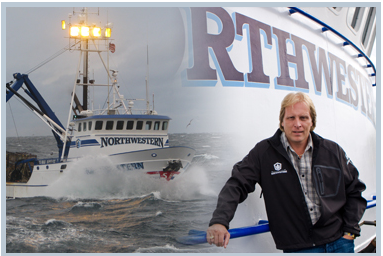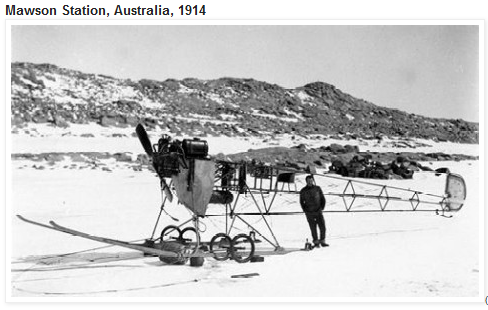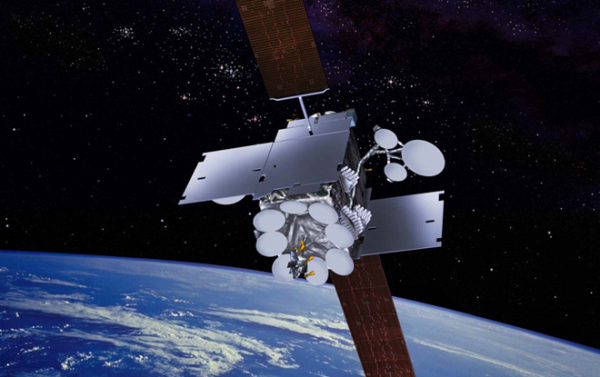Now any broadcaster from local news agencies up to CNN can transmit live data feeds from remote locations with the help of BGAN. There are cost effective solutions that range from just the talking heads with very little movement, to higher bandwidth applications that require more movement and to the premium services offered by BGAN X-Stream which provides HD type picture quality and can support 360 degrees of movement in the picture. Nothing is the industry of Mobile Satellite Communications supports faster broadband satellite data speeds than with BGAN X-Stream.
Inmarsat and their partners offer smaller broadcasters and freelancers with live video solutions in remote areas of the world to meet any budget. The new managed solutions are compatible with all BGAN IP streaming pricing and offer a wide range of potential combinations, making live video via BGAN the optimum choice for any news team. These solutions have been created to integrate with broadcasters’ current infrastructure. If the end user has no existing infrastructure, cost effective options are available as well.
Solution 1 is a streamlined version of the system used by leading networks to transmit live video via BGAN. With a 12-month subscription, end-users can either own or lease high-end encoding and decoding equipment. They can use their own infrastructure,(for example ISDN), lease a temporary line or use the internet to feed the live link back to headquarters. This set up esures great results and the technical aspect has been kept as simple as possible.
Solution 2 is a simpler, post paid or pay-as-you-go version of solution 1, with an even greater control of costs. Contracts are month to month, so there is no long-term subscription. The end users in the field use a free encoder, while decoding takes place on the solution provider’s server,so the customer has no need to buy, or hire, hardware.
Solution 3 leverages the Content Delivery Networks of Inmarsat distribution partners for a low cost, end-to-end supervised solution for live video transmissions. This option can be leased on a monthly basis, includes a free software encoder/decoder, and is billed as part of the user’s per-minute BGAN streaming cost.






 Once you receive the phone, to activate the sim, please call ISS @ 888-511-3403 or email support at
Once you receive the phone, to activate the sim, please call ISS @ 888-511-3403 or email support at 

